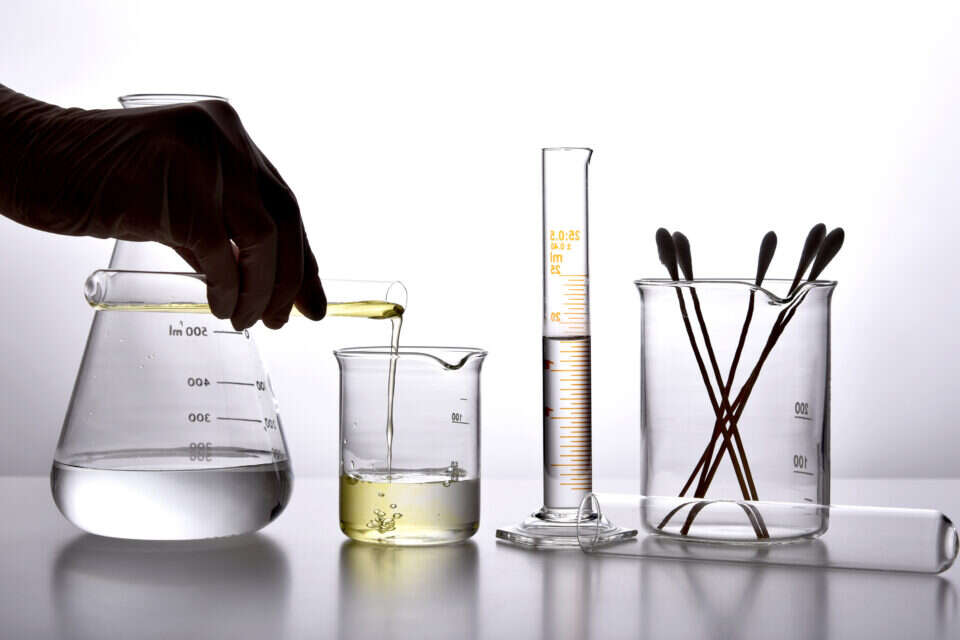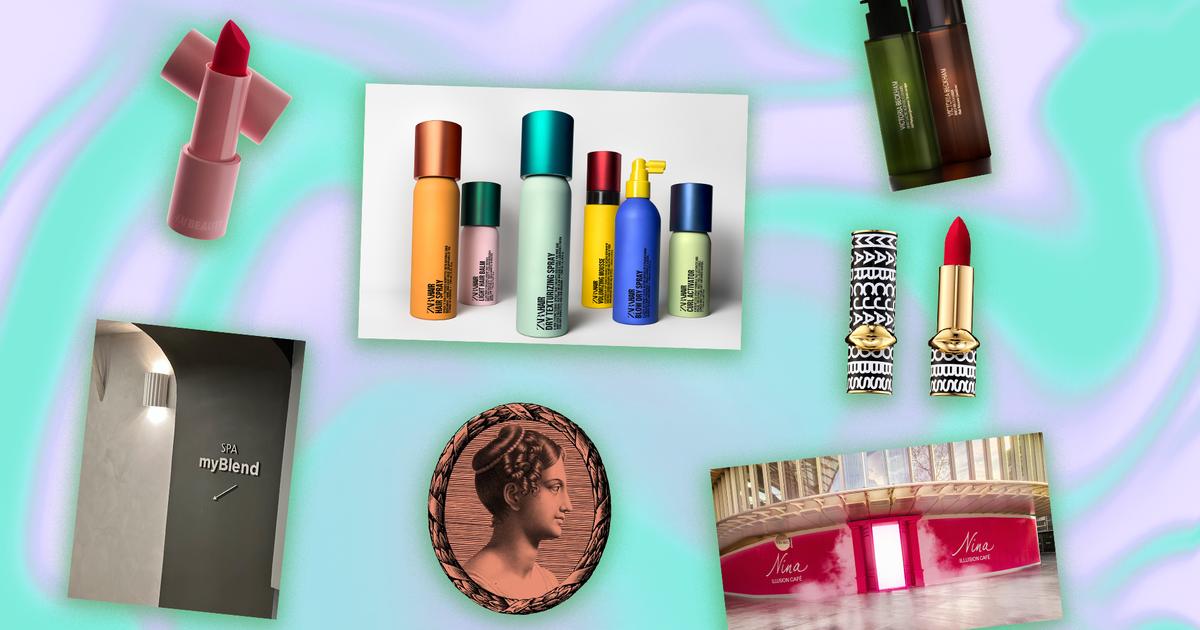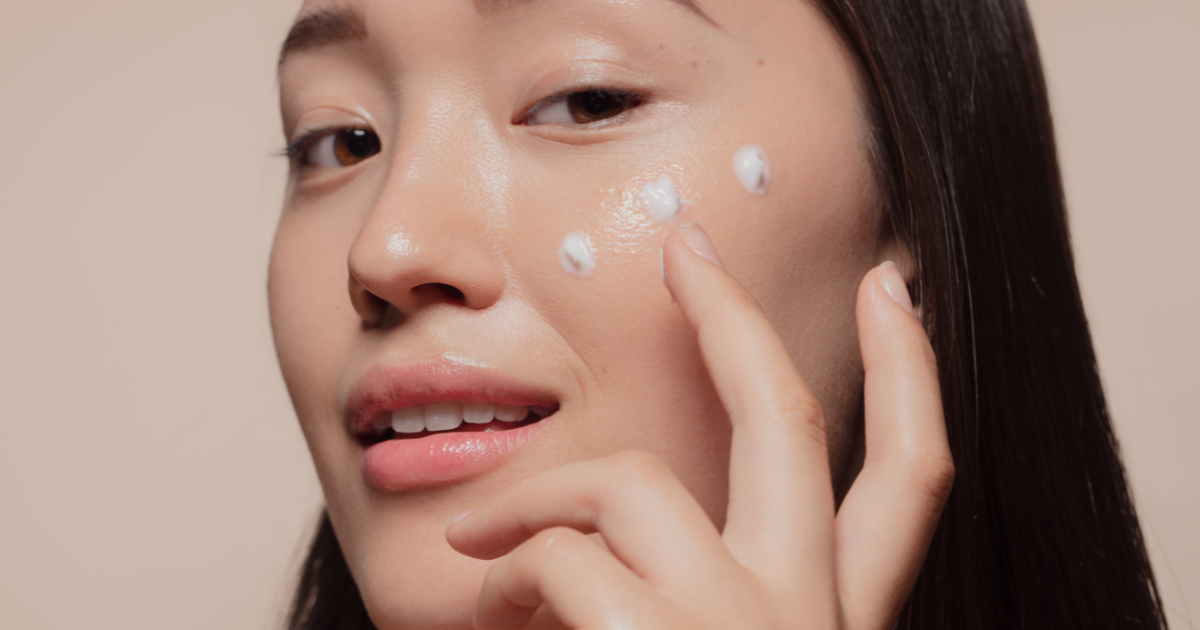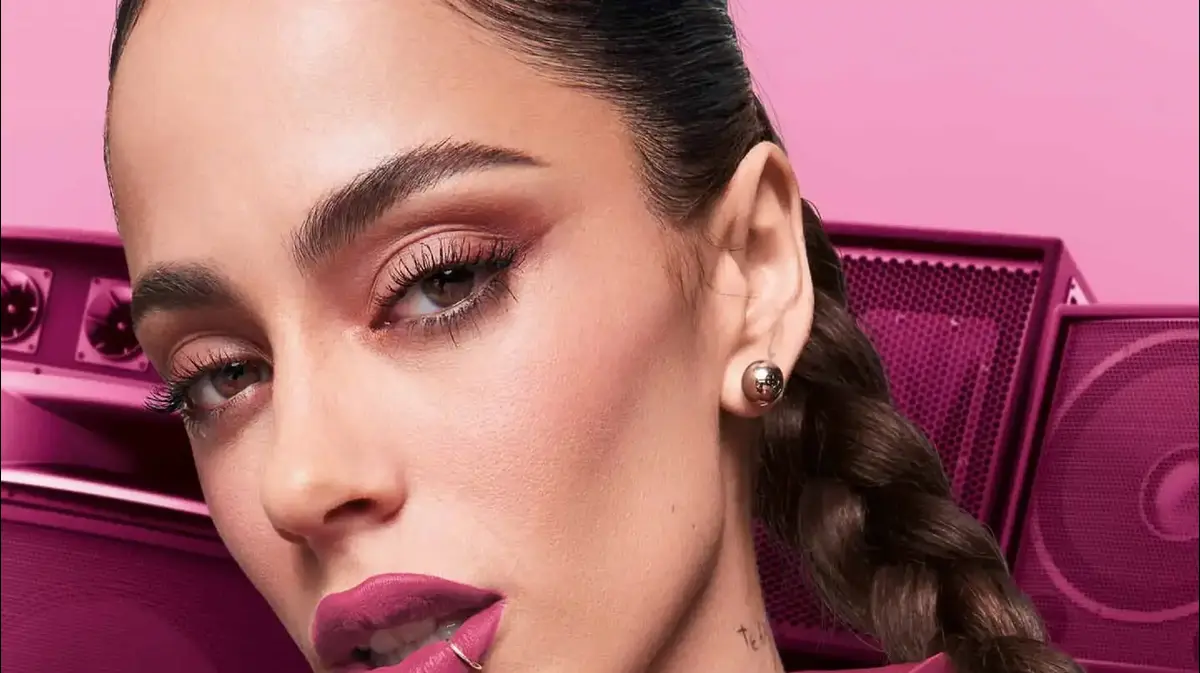In a world where Instagram and social networking have become a tool that accompanies people around the world at every moment, appearance has become more thought-provoking than ever.
The rest of the attention to the look translates into a lot of filters, but also a lot of makeup, various cosmetics that ensure perfect wrinkle and skin reduction and hair products that swear to leave it soft and shiny.
To save costs, a large proportion of consumers will prefer to purchase cheap products from various sources from unknown sources, but even in luxury brands there are risks that the customer is not always aware of.
Sometimes some of the problematic ingredients are hidden under the heading "perfume" in the ingredients, when the perfume itself can cause allergies and sensitivities in some users, so many consumers will prefer to buy cosmetics for a face that is odorless.
The list is long and endless, and we have chosen to focus only on some of the more common components.
"Every product contains hazardous materials," explains Dr. Vered Kaufman, an expert in the safety of consumer products, hazardous materials and radiation. "The question is how much is involved and how is their penetration.
There are lists of allergens that should not be in cosmetic products.
If the product is tested and approved by the Ministry of Health there is a high chance that they will not be in it, but it is still possible to develop sensitivities to substances.
The field is a bit hacked, and there are those who produce products themselves, such as beauticians who mix ingredients in their kitchen for customers or a home-made combination of ingredients from different manufacturers.
Kaufman adds that a case like the one in the Strauss factories, where pollution caused many products to be recalled, can also occur in the field of cosmetics: "Contamination of cosmetics can occur if the factory does not maintain hygiene and cleanliness of raw materials, equipment and products. "During their use, therefore, there are products that manufacturers put large amounts of preservatives in beyond the permitted amount, where not only too much can cause symptoms such as irritation, rash and itching, but too little preservative can impair the product's resistance to biological contamination."
Dr. Vered Kaufman, Photo: Self-portrait
More dangerous than you thought
Love red lipstick?
You may have a problem, especially if you buy makeup from cheap sites abroad. According to Dr. Kaufman, to create a strong red color, lead is often used - which is a banned substance.
"According to Ministry of Health guidelines, lead should not be used, it is one of the most dangerous substances there is, which can cause psychotic effects of brain damage, fertility and hearing problems and blood pressure. Lead can accumulate in the body and erupt after years."
Are there strong red lipsticks that do not contain lead?
"If the lipstick is approved by the Ministry of Health there is no problem, if indeed all the ingredients put into the product have been reported. If not reported, it is impossible to know. In cases of unapproved lipsticks, it is quite possible that this ingredient will not appear on the list."
It is possible that the Ministry of Health will approve a substance that may not be very harmful in general, but can cause damage in cosmetic use?
"There is a list of ingredients for cosmetic products approved by the Ministry of Health, including the amount allowed for use of the product. These are the only ingredients allowed. The Ministry of Health is testing the products for suitability."
Sometimes the products just look innocent, Photo: Getty Images
Another problematic substance is talc, which in many cases comes when it is contaminated with asbestos, because it is very difficult to separate it from talc - two minerals that come from the same deposits.
"Even if there is no asbestos, the particles can cause a respiratory problem if they are inhaled in large quantities," Kaufman explains. "Problem. It's called that, but it's not really talc. You have to check on the container what is written and what the composition is - whether it is mineral or of plant origin."
In most cases "talc" is simply indicated
.
"In that case, we'll get worse and guess it's talcum powder from a mineral source."
What is the damage that can be caused by asbestos?
"The major risks that can be caused by asbestos are asbestosis, extremely severe respiratory disease, and cancer of the vaginal system, for example due to the use of baby talcum powder. It depends on the route of exposure and penetration, more substance. "The eyes and the skin and the digestive system. Regarding talcum powder, skin contact is not a problem. In the eyes - if it bothers then rinse. Ingestion is also not a penetration pathway, breathing yes".
There are cosmetics that contain talcum powder and are approved by the Ministry of Health, and we may be breathing particles while wearing makeup.
"Even if you breathe the powder, zero amount - if any - will penetrate the lungs, because the particles are too large. "No one will ever get hurt, it's impossible. But the probability is very low, so live with it."
Red lipstick - can be toxic.
Illustration, Photo: Getty Images
Today there are a variety of apps, plugins and websites that can help identify various components, which also indicate the risk percentages of the component.
Clearya, for example, is a browser add-on for PC and a phone app that lists unsafe ingredients in makeup, hygiene and grooming products, baby products, cleaning products and more, and helps choose safe products online.
It can be used on popular sites like Amazon, Walmart, IHerb and Spora.
Another site is cosdna, where you can find explanations and risk levels by the name of the ingredient or cosmetic product (talc, for example, is rated there with a score ranging from 5 to 8, with a score scale of 1-10, and the lower the score, the safer the product to use ).
Ministry of Health response:
"The talcum powder from a mineral source is approved for use as a cosmetic ingredient according to EU regulations, and is safe to use. In cases where it is in the product for children under 3 and may reach the respiratory tract, the product should be marked 'Keep away from children's airways'.
"The Ministry of Health reiterates warnings to the public that the use of products without a Ministry of Health license should be avoided, and that mixing and adding substances to products licensed by the Ministry of Health should be avoided. "Works in accordance with the guidelines of the European Union and other recognized bodies in the world regarding the use of cosmetic ingredients, including a ban on ingredients, limiting their concentration and limiting the manner in which they are used."
Were we wrong?
Fixed!
If you found an error in the article, we'll be happy for you to share it with us





/cloudfront-eu-central-1.images.arcpublishing.com/prisa/2YU22TQLBFE6RNDZLB44QR47GU.jpg)



